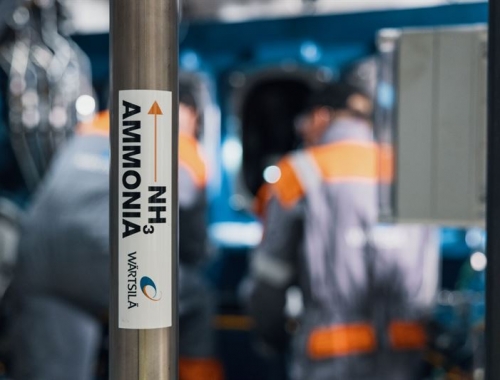ExxonMobil expands net-zero aspirations
SUMMARY
Its plans are resilient against most scenarios for achieving Paris targets.
By Dale LunanPOSTED IN:
US super-major ExxonMobil, which in early December said it would achieve net-zero emissions at its operated Permian basin assets by 2030, expanded its target January 18 to include a goal of reaching net zero for all its operated assets by 2050.
To achieve that goal, it said it has developed a comprehensive approach based on detailed roadmaps for reducing Scope 1 and 2 emissions at its major operated assets. The plans are outlined in its Advancing Climate Solutions – 2022 Progress Report, formerly known as its Energy & Carbon Summary.
“ExxonMobil is committed to playing a leading role in the energy transition, and Advancing Climate Solutions articulates our deliberate approach to helping society reach a lower-emissions future,” CEO Darren Woods said. “We are developing comprehensive roadmaps to reduce greenhouse gas emissions from our operated assets around the world, and where we are not the operator, we are working with our partners to achieve similar emission-reduction results.”
ExxonMobil says its strategy “is resilient” when tested against a range of Paris-aligned net-zero scenarios, including the International Energy Agency’s Net Zero by 2050 scenario.
The Advancing Climate Solutions report outlines how its short- and medium-term business plans can be adjusted to new policy and technology developments.
“Sound government policies will accelerate the deployment of key technologies at the pace and scale required to support a net-zero future,” it says. “ExxonMobil continues to support an explicit price on carbon to establish market incentives and encourage investments in lower-emissions technologies.”
It is also committed to helping its customers reduce their greenhouse gas emissions – so-called Scope 3 emissions – by investing in carbon capture and storage, hydrogen and biofuels. Bio-based feed and plastic waste streams also offer opportunities for lowering emissions.
“As we invest in these important technologies, we will advocate for well-designed, high-impact policies that can accelerate the deployment of market-based, cost-effective solutions,” Woods said. “We believe our strategy is unique among industry and enables us to succeed across multiple scenarios.”
More than 150 potential steps and modifications to assets and operations have been identified, ExxonMobil says, and initial actions are already underway to prioritise energy efficiency measures, mitigate methane emissions, upgrade equipment and eliminate venting and routine flaring. Additional high-impact reduction opportunities include power and steam co-generation and electrification of operations using renewable or lower-emission power.
The company expects to finalise detailed roadmaps that address approximately 90% of operations-related emissions by the end of this year, and the remainder will be completed in 2023.







